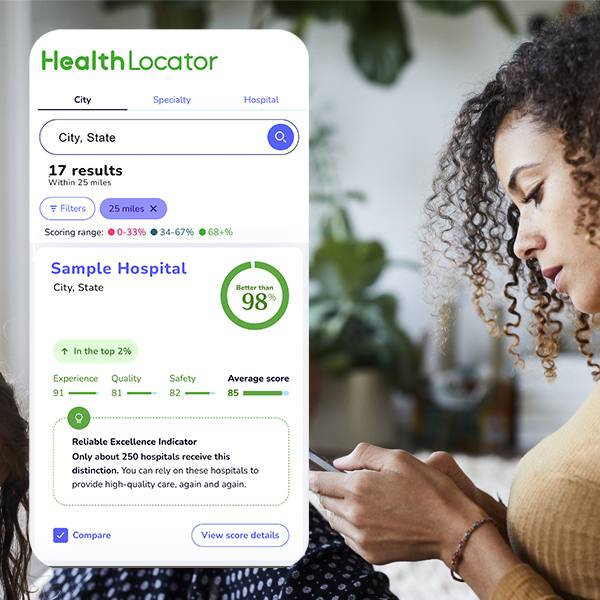Foods containing fiber help you in important ways, including keeping your digestive tract functioning properly. A high-fiber diet also can reduce the risk of heart disease, diabetes and obesity.
But how much fiber do you need and what ways can you get it?
Journalists: Broadcast-quality video pkg (0:58) is in the downloads. Read the script.
"It's good to start your day with some high-fiber foods," says Kate Zeratsky, a Mayo Clinic dietitian.
Zeratsky says the right breakfast can get you more than a quarter of the way to your daily fiber goal.
"High-fiber cereals are an easy and tasty way to get your fiber in," says Zeratsky. "Also, fruits are a good source of fiber, and nuts and seeds."
So are whole-grain products. Vegetables offer lots of roughage. And beans and legumes are great sources of fiber.
Men under 50 should strive to get at least 38 grams of fiber a day. Older men should strive for 30 grams. Women under 50 should aim for at least 25 grams. And older women aim for at least 21 grams.
"My recommendation is, as people increase the amount of fiber in their diet to meet those recommendations, to do it slowly and gradually," says Zeratsky. "And drink plenty of water."
You'll be promoting bowel health, and protecting against bad cholesterol and diabetes. Plus, since fiber stays in your stomach longer, you may find it easier to maintain a healthy weight.
Related Articles







